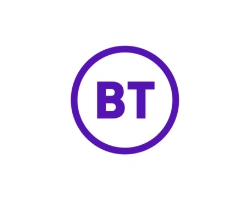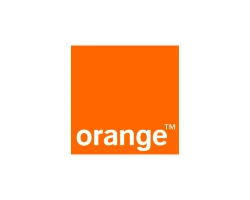Teamwork makes the dream work:
1: Converged Collaboration
Converged collaboration is a critical aspect of the “Converged Communications” revolution that has been unfolding over the past decade. Fixed line and mobile services have become interchangeable through the use of softphones on laptops and mobile devices. This has been further accelerated by the shift towards remote and home-based working, brought about by the COVID-19 pandemic.
2: Systems Collaboration
The role of smartphones has changed dramatically, with the devices now considered a traditional IT endpoint that requires full access to internal systems. This focus has shifted the industry’s attention to securing devices, customizing applications, and automating administrative tasks to increase productivity and foster creativity within businesses.
3: Intra-company Collaboration
The industry is seeing an increased focus on group purchasing to reduce costs and administration. This extends internationally, with companies looking to provide a consistent service experience globally. To achieve this, businesses are centralizing departments such as purchasing and outsourcing helpdesks to third-party providers, capable of operating 24/7 across multiple languages and time zones. This trend is being driven by the challenges of staffing businesses in Europe and the US, even in the face of potentially challenging economic circumstances.
Data, Data, Data:
The trend towards unlimited or fixed-price data is becoming inevitable and will extend to all forms of consumption. Industry leaders pushed back on this idea after the launch of the first iPhone, convinced that they would prevail as a dominant player in the mobile market as mobile networks preferred their product as it used less data – average-iphone-consumer-data.
However, this was a faulty premise demonstrating a lack of basic understanding in the market as data usage was seen as a key driver of cost, representing a fundamental change from the traditional telecommunications model. The trend towards increased consumption is now an integral part of our daily lives, and companies must adapt to stay relevant.
Areas of Investment:
The Average Revenue Per User (ARPU) has been consistently falling over time, and there is no reason to believe this trend will not continue, even in the face of high inflation. – https://www.statista.com/monthly-arpu.
This trend is driven by the increased reliance on mobile services, despite the stagnant stock prices of most major telecommunications companies worldwide. The reliability of telecommunications services has reached a stable level, and coverage between major networks in major markets is more uniform, which means that the cost savings from reduced servicing have already been reflected in the pricing for several years. As a result, telecoms are generally considered an efficient market with genuine competition (although there is less competition in the hardware market).
In response, the industry is turning to automation to be able to service more customers with less staff, reduce the cost of servicing each subscriber and provide a competitive advantage through enhanced controls available directly to customers.
Conclusion:
The communications industry is evolving rapidly, and companies must adapt to stay ahead of the competition. The focus is shifting towards collaboration in its various forms, and companies are investing in automation to reduce costs and provide enhanced customer controls. The future of the industry lies in the hands of those companies that can adapt to these changing trends and stay ahead of the curve.
For Global Telecom Networks, we’ve seen our growth derived from fundamentally changing our proposition from a telecommunications wholesaler to a helpdesk provider. Our consultants now focus on system design and will continue to become increasingly technical and commercial mirroring the requirements of modern IT departments to keep meeting and exceeding the needs of our customers.
We will also continue to embed our products and services in revenue-generating equipment as customers look to further automate the ways that they interact with their customers. Staying ahead of the competition in terms of SLAs, operational capability, resiliency, and security will be key to driving growth for Global Telecom Networks and the customers we serve as we become further embedded into their commercial infrastructure.
























